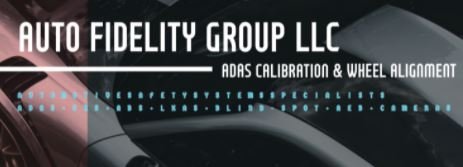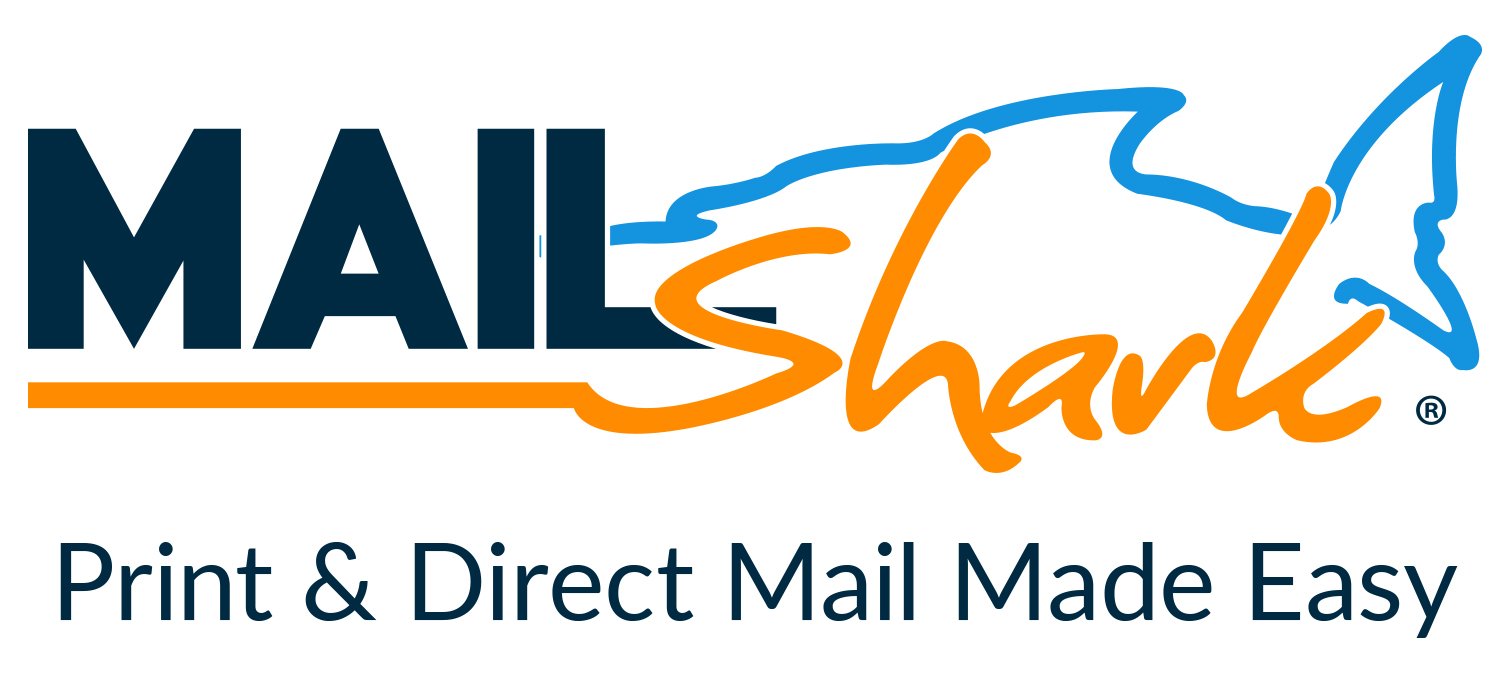Five Proven Tips to Improve Your Bottom Line
By Joe Marconi, an Elite Blog -

A recent Small Business Administration (SBA) report revealed that one of the main reasons for small business failure is due to a lack of financial knowledge. Another survey, also conducted by the SBA, found that 83% of failed business owners stated that their failure was due to cash flow problems. While there are many facets to operating a successful auto repair business, one thing that is common to all is that it needs to be profitable.
The fact is that too many auto repair shops struggle financially. The sad news is that most of them actually have a booming business that is clouded by their financial woes. The typical auto repair shop has consistent car counts, a calendar booked out for at least a few days, and in many cases, booked a week or more. Where so many auto shop owners fall short is understanding their financials, more specifically, not focusing enough on generating consistent profit and improving cash flow.
In this blog, I will outline five proven tips to help you increase your bottom-line profit and improve cash flow. Becoming financially stable also improves your personal life and the lives of those you employ.
Understand Your Financial Reports. Establish Your Financial Goals
There are three main accounting reports that you should have a basic knowledge of: The profit and loss statement, the cash flow statement, and the balance sheet. Most auto repair shops either have an in-house bookkeeper or an accountant to generate these reports. It doesn’t matter who updates and runs these reports, as long as they are reviewed by you, the shop owner, periodically.
Have regular meetings with either your bookkeeper or accountant and become familiar with your financial reports. You do not have to understand these reports as well as your bookkeeper or your accountant does. However, the more knowledgeable you are about your financial reports, the better financial decisions you will make, which will make a difference to your bottom line.
Performing an in-depth analysis of your financial reports will give you valuable information on the financial strengths and weaknesses of your company. This information is crucial when establishing your financial goals. Having financial goals is essential to your company’s future. Share your goals with your entire team and brainstorm collectively to find ways to achieve them.
Focus on Gross Profit, Not Total Sales
When shop owners get together they typically share their year-over-year sales increases. While total sales revenue is important, it doesn’t tell the entire story. And it may not reflect the true financial health of your company. If you had a choice, would you rather have a 1.5-million-dollar business that produces a net profit of $50,000, or a one-million-dollar business that nets a profit of $175,000? The answer is obvious. Why? Your bottom line net profit is what truly matters, not the total sales number.
To have a healthy net profit requires that you have a healthy bottom line. Gross profit is the amount of money left over from your total sales after paying your technicians and paying all the costs of sales items for all work performed. The higher the gross profit, the higher the net profit. Gross profit is important because it pays for all other operating expenses and loans. After paying all your operating expenses, what’s left over is your net profit. Depending on your business model, typically, auto repair shops look to attain a net profit of 10% to 25%.
Improving your bottom line requires that you properly establish your labor and part profit margins. While there are benchmarks for the average auto repair business, the margins you set for your company may be different. With that said, we usually want to see 40% to 55% part profit, and a 70%-plus labor margin. A good number to shoot for is a 60% overall gross profit for parts and labor.
One more thing to consider when calculating your gross profit requirement: Your operating expenses need to be in line too. Keeping your expenses in line by cutting excess and waste will lower your operating expenses and increase your net profit.
If you are not sure how to calculate your margins properly or need help with maintaining your expenses, speak to your accountant, or seek help from a qualified business coach.
Improve Quality and Total Shop Production
During the Great Depression of the 1930s, Chrysler gained market share and financial stability by improving production. While other car companies were looking for ways to cut costs, Chrysler made a bold decision to focus on building more affordable cars and improving overall efficiencies. Their strategy was to produce more cars with the same labor costs. This ultimately resulted in increased sales and profits. It also propelled Chrysler to become known as one of the “Big Three” automakers, along with General Motors and Ford.
Improving workflow production in your auto repair shop by utilizing the same direct labor cost will result in increased sales and profits. Essentially, improving productivity by using your current workforce means more work is done in a given period.
Shop owners, take a long hard look at your overall workflow processes. Track all the steps your technicians are taking throughout the day. Are there wasted steps that can be eliminated? Are there bottlenecks in the service advisor process? Are your service advisors properly trained in the art of sales, and in delivering exceptional customer service? Improving your total shop production and quality will result in increased profits.
One last word on the topic of production; look at your shop layout. Are tools, equipment, and information systems easily accessed? And let’s not forget how continuous training for all employees is a key component in delivering consistently high levels of quality and productivity.
Build More Profitable Estimates
Years ago, we used to say that technicians have control over their efficiency. This may have been true to some extent, but today there are too many variables. Let me give you an example. Your service advisor wants to sell exhaust manifolds on a Chevy pickup truck. The published labor time in her business systems calls for 1.7 hours per side. However, all the studs are rusted away which will require drilling and installing new studs, which is probably a 6-hour job, or more. If the wrong labor time is sold, there will be no way the technician can complete this job in the labor time sold to the customer.
Sometimes you need to close the book, and openly discuss with your technicians the true labor time based on experience and the individual scenario. There are too many published labor times that are not correct. Increasing billed labor hours is perhaps one of the best ways to improve your bottom line.
Control Account Receivables and Inventory
Controlling your account receivables will not affect your gross or net profit. However, it will impact cash flow. Essentially, high account receivables reduce the amount of cash on hand. Available cash and profit are not the same. Your shop can generate a net profit of $25,000 for the month, but if your account receivables are $35,000, you will have a $10,000 shortfall of cash for that month.
Most auto repair shops these days do not have an extensive inventory. Exceptions are repair shops that stock tires and shops located in extremely rural areas. Even if your inventory is low, pay attention to it. Limit your inventory to only those items that move fast. Having old stock sitting on a shelf reduces your available cash. Another important task is to ensure that your inventory pricing is up to date. Charging out-of-date prices are losses that go under the financial radar and will hurt your bottom line.
Conclusion
Most shop owners have their vision of a successfully-run business. This vision includes providing a healthy work environment for their employees, providing training and equipment, and having a clean and customer-friendly facility. Additionally, shop owners want to provide a benefits and pay package that attracts and retains the best employees. And of course, the owner must be able to earn a respectable wage too. All this requires profit.
At Elite, we understand what auto shop owners desire from their businesses. We not only provide the business tools, one-on-one coaching, service advisor training, and peer groups that we know will help take your company to the next level, but we accomplish this in the most honest and ethical way.











Recommended Comments
There are no comments to display.
Create an account or sign in to comment
You need to be a member in order to leave a comment
Create an account
Sign up for a new account in our community. It's easy!
Register a new accountSign in
Already have an account? Sign in here.
Sign In Now